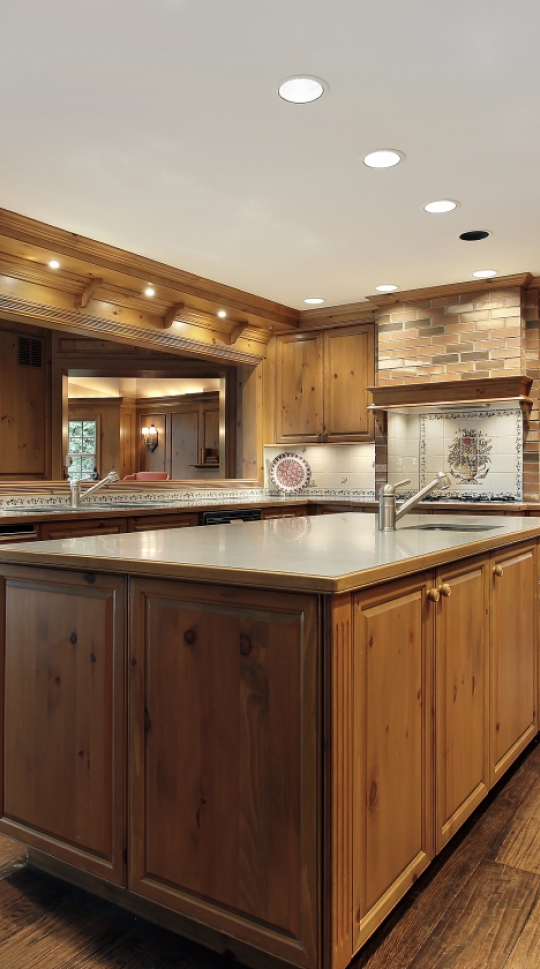Sustainable Materials in Luxury Cabinetry
Sustainability in luxury cabinetry is no longer a compromise—it’s an enhancement. With high-end eco-friendly materials, homeowners can achieve stunning, durable, and customized cabinetry while making a responsible choice for the planet.
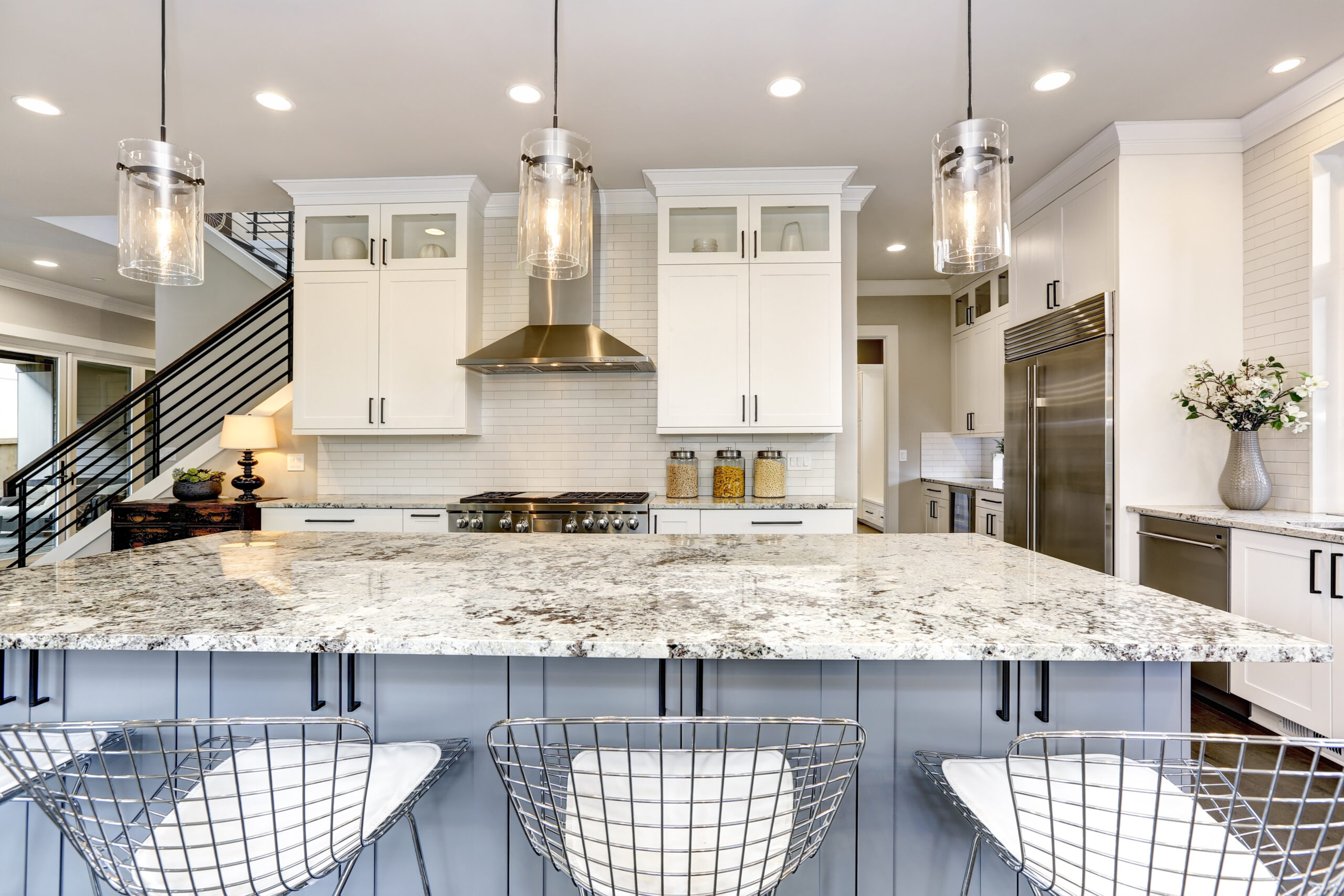
As luxury design continues to evolve, sustainability has become a key focus in high-end cabinetry. Homeowners and designers alike seek eco-friendly materials that align with their commitment to sustainability without compromising on aesthetics, durability, or quality. Here, we explore the best sustainable materials used in luxury cabinetry and how they contribute to both style and environmental responsibility.
1. Reclaimed Wood
Reclaimed wood brings character and uniqueness to luxury cabinetry. Sourced from old buildings, barns, and fallen trees, it reduces the demand for newly harvested timber while providing a rustic, timeworn elegance. Reclaimed wood can be customized to fit modern, traditional, or transitional kitchen styles, making it a versatile and sustainable choice.
2. Bamboo
Bamboo is an increasingly popular material in luxury cabinetry due to its rapid regrowth cycle and strength. Unlike traditional hardwoods, bamboo matures within five years, making it a highly renewable resource. With a sleek, contemporary appearance and exceptional durability, bamboo cabinets offer a stylish and eco-conscious option for high-end kitchens and bathrooms.
3. FSC-Certified Hardwoods
For those who prefer traditional hardwoods, opting for FSC (Forest Stewardship Council) certified wood ensures that the material is sourced from responsibly managed forests. FSC-certified woods like walnut, oak, and maple provide the timeless appeal of fine cabinetry while supporting sustainable forestry practices.
4. Formaldehyde-Free Plywood and MDF
Many conventional cabinetry materials contain harmful chemicals like formaldehyde, which contribute to indoor air pollution. Sustainable luxury cabinetry brands now offer plywood and MDF (medium-density fiberboard) that are free from toxic adhesives, ensuring a healthier home environment without sacrificing craftsmanship.
5. Recycled and Composite Materials
Luxury cabinetry can also incorporate recycled materials such as reclaimed aluminum, glass, or composite wood. These innovative materials reduce waste and carbon footprint while maintaining a high-end look and feel. Recycled-content countertops and hardware can further enhance the sustainability of a custom cabinetry design.
6. Water-Based Finishes and Low-VOC Paints
The finishing touches matter just as much as the materials themselves. Traditional finishes and paints often contain volatile organic compounds (VOCs) that release harmful chemicals into the air. Water-based finishes and low-VOC paints provide an eco-friendly alternative, offering stunning color and sheen without compromising indoor air quality.
Luxury and Sustainability Combined
Sustainability in luxury cabinetry is no longer a compromise—it’s an enhancement. With high-end eco-friendly materials, homeowners can achieve stunning, durable, and customized cabinetry while making a responsible choice for the planet. Whether it’s reclaimed wood for a rustic charm, FSC-certified hardwood for timeless beauty, or bamboo for a modern aesthetic, sustainable materials are shaping the future of luxury cabinetry.
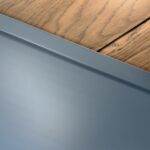 >
>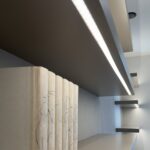 >
>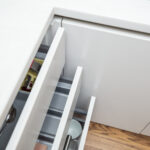 >
>